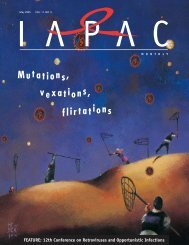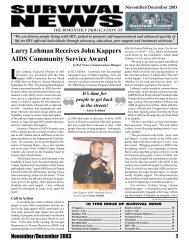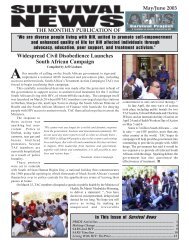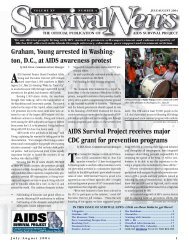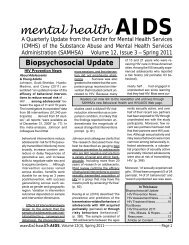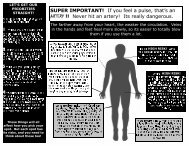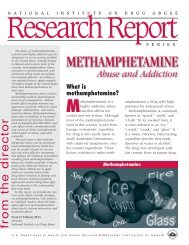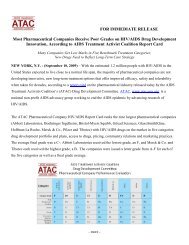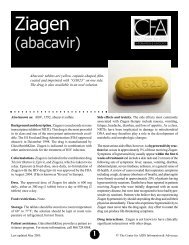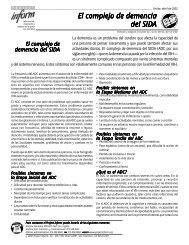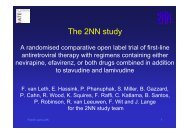The Positive Side (Winter 2013) - CD8 T cells - The Body
The Positive Side (Winter 2013) - CD8 T cells - The Body
The Positive Side (Winter 2013) - CD8 T cells - The Body
You also want an ePaper? Increase the reach of your titles
YUMPU automatically turns print PDFs into web optimized ePapers that Google loves.
ART POSI+IVE<br />
Sharing the experience of living with HIV through creative works<br />
Call of the Wild<br />
From “Dangerboy” to designing man, Morgan McConnell has developed<br />
an impressive body of work inspired by his passion for nature.<br />
BY JENNIFER MCPHEE<br />
“<strong>The</strong> Nest,” selected for the 2008 Scotiabank AIDS Walk for Life campaign<br />
When Victoria-based graphic de -<br />
signer Morgan “Dangerboy” McConnell<br />
gets the rare chance to design something<br />
exactly the way he wants, it<br />
almost always includes a bird, a nest, a<br />
tree or some moss. This is a man who<br />
loves nature. But he also likes to inject<br />
elements of grit and edge into those<br />
designs, which gives his work a unique<br />
28 THE POSITIVE SIDE <strong>Winter</strong> <strong>2013</strong><br />
look and feel. “<strong>The</strong>re’s a fine line be -<br />
tween incorporating the outdoors into<br />
your art and becoming someone who<br />
paints flowers all the time,” he says.<br />
While growing up, nature was a<br />
constant in Morgan’s life. His family<br />
moved around a lot—by the time he<br />
was 15, he had lived in Vancouver,<br />
Montreal, Toronto and Richmond. But<br />
wherever they lived, his family spent<br />
weekends at a cottage or exploring the<br />
local wilds. During long walks in the<br />
woods, his parents would point out the<br />
inhabitants of the forest and describe<br />
what made each creature or plant<br />
interesting, unique and/or edible.<br />
It was the 38-year-old’s lifelong fascination<br />
with wilderness that inadvertently<br />
set him on the path to becoming<br />
a graphic designer. After graduating<br />
from the University of Victoria’s<br />
marine biology program 15 years ago,<br />
he landed a contract as research associate<br />
at the marine sciences station in<br />
Bamfield, a tiny town on Vancouver<br />
Island’s west coast. When the gig was<br />
up, he wanted to stay in this enchanting<br />
little piece of paradise, so he took<br />
the only available job—looking after<br />
the marine station’s website.<br />
Morgan quickly taught himself the<br />
basics of web and graphic design and<br />
liked the way technology ramps up the<br />
speed of the creative process. “You can<br />
go on a tangent and just follow your<br />
brain,” he says. “I found that way of<br />
working to be really harmonious for<br />
me, as opposed to sitting down with a<br />
paintbrush and trying to paint something<br />
for days or weeks. I don’t have<br />
the patience for that.”<br />
A year later, Morgan moved back<br />
to Victoria, where a friend (another<br />
biologist-turned-graphic artist) helped<br />
him land a design job at a local software<br />
development company, at the<br />
height of the dot-com boom. “We were<br />
the crack design team,” he recalls with<br />
a self-deprecating laugh. “We listened<br />
to loud music and wore ponchos to



